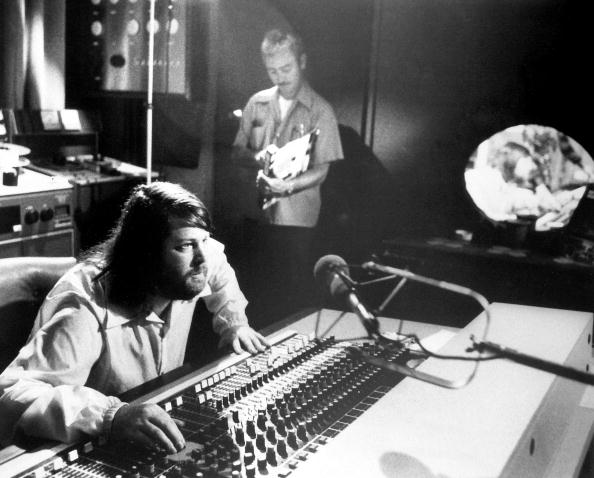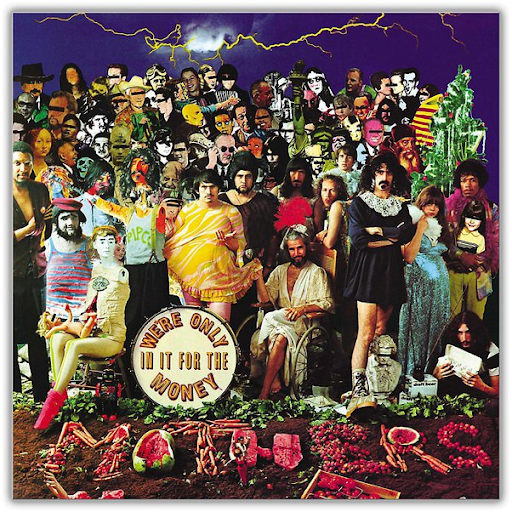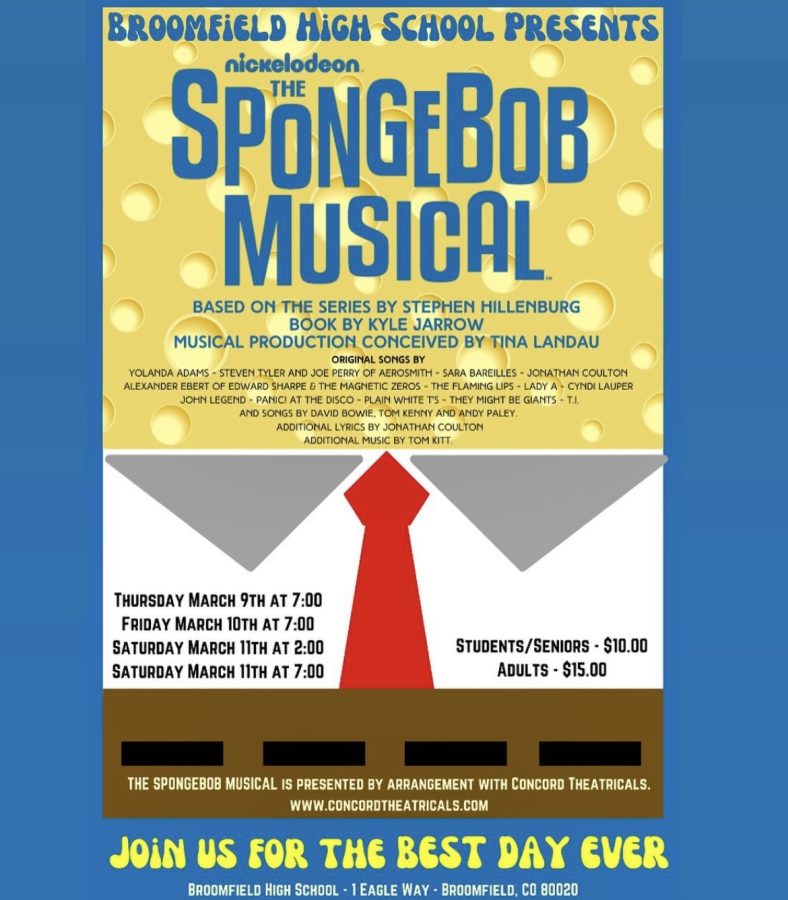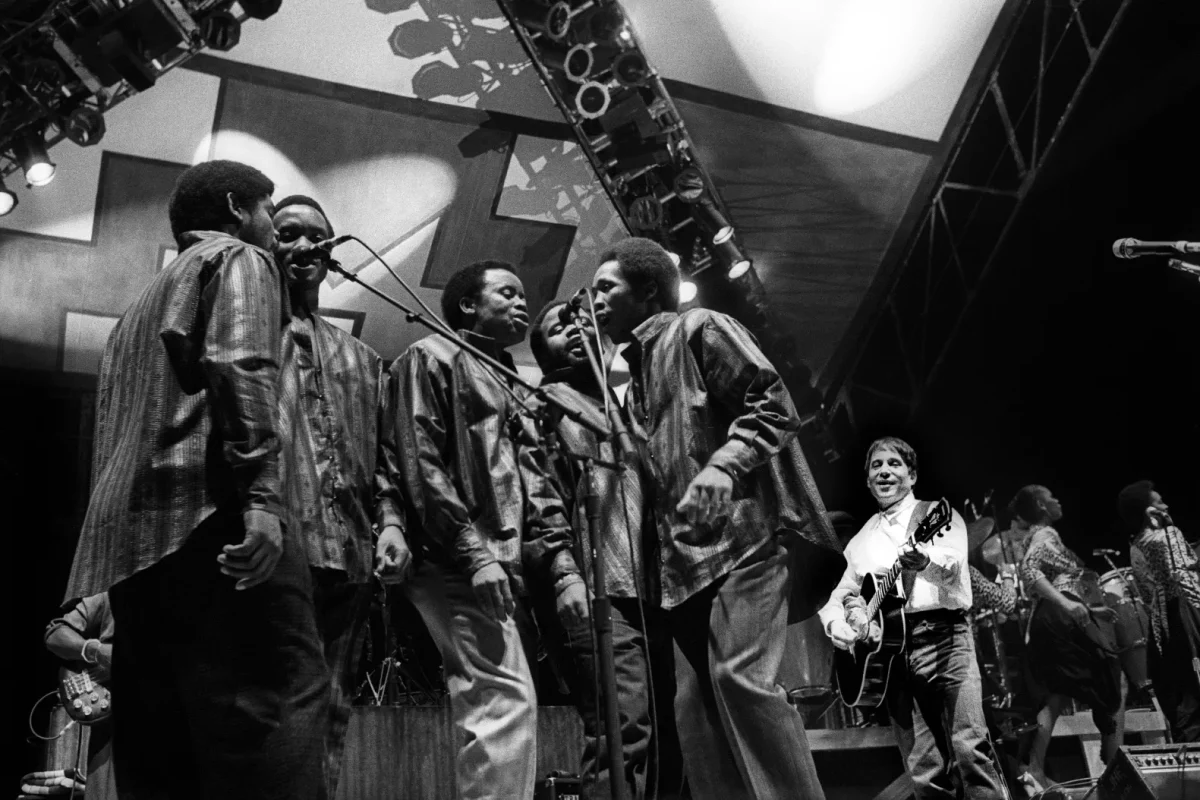
Most modern nations are old enough to create a mythic view of the past. Think King Arthur for the British. But America is not that old of a country. Today, three hundred years in, America has a fledgling form of a national mythos. Still, a hundred years ago, at the dawn of the so-called American Century, America had little to mythologize. While British kids had comics and pulp magazines about King Arthur and Robin Hood, Americans filled the void in their past with the promise of the future.
Before hopping the pond, science fiction predominantly featured more literary works by H. G. Wells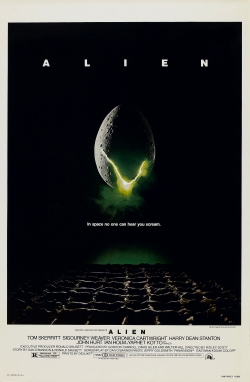 in England and more science-driven works by Jules Verne in France. In the States, Science fiction took on a more entertainment-driven form: Edgar Rice Burroughs is the first crucial American Sci-FI author. Though, compared to Wells or Verne, Burroughs lacks acclaim today.
in England and more science-driven works by Jules Verne in France. In the States, Science fiction took on a more entertainment-driven form: Edgar Rice Burroughs is the first crucial American Sci-FI author. Though, compared to Wells or Verne, Burroughs lacks acclaim today.
As a general rule of thumb, Hollywood is about ten years slower than the literary establishment with societal change. When Clarke, Asimov, Heinlein, and others moved literary science fiction forward in the 50s, Hollywood followed suit in the 60s. When the limits and depth of science fiction exploded in the hands of Frank Herbert and Philip K. Dick in the 60s, Hollywood followed in the 70s. Compare the sleek, clean, and progressive spaceships of Star Trek and 2001: A Space Odyssey to the grimy puddles of filth in Star Wars and Ridley Scott’s Alien, and the shift in Hollywood culture is blatant.
While Star Wars told a classic American Sci-Fi story in a more realistic setting, Alien told a story about how realistic people traverse a hyper-realistic Sci-Fi setting.
The only humans in Alien are space truckers. They smoke, drink, curse, talk trash, and wear bomber jackets and jeans. The basis of the horror is the normality. Without Scott’s direction, the film would be a shlocky B-Horror film akin to the genre in the 50s: had the producers hired Robert Altman or John Boorman, both incredible filmmakers, the film would be forgettable parts of their catalog. Instead, they hired Ridley Scott. His focus on realism and intense patience reforged the idea of horror in space.
Ridley Scott uses his low lighting and beloved fog machines to obscure most of the set for the film’s runtime. From the point where the titular Alien is out and about, most of the film is bathed in darkness and moisture, and the Alien is shown only at the climax; this is absurdly effective in unsettling the audience.
Much of Scott’s production team formed to work on Alejandro Jodorowsky’s failed adaptation of Dune. Dan O’Bannon, the original screenwriter, and visual artists H. R. Giger and Jean Giraud, the designers of most of the memorable parts of Alien’s look (besides the smoke machines) worked on Jodo’s Dune. This elite group, because they spent years on Jodo’s Dune, had the opportunity to skip most of the first steps of forging a functioning effects team and jump directly into work on Alien, work that would grant them one of the first special effects Oscars.
Alien works because it is a well-made horror film, yet three or four well-made horror films are released every year. Alien is notable because it uses a grounded perspective to make the horror feel real. No horror or sci-fi film before or since works as well as Alien on the grounds of realistic fear.
Regarding the sequels, Alien and Aliens are great but are better without any other movies, Prometheus is interesting if one is already a fan, and the others shouldn’t exist. I haven’t watched Alien: Romulus at this time.
Alien is available via transfer at the Broomfield Public Library.





